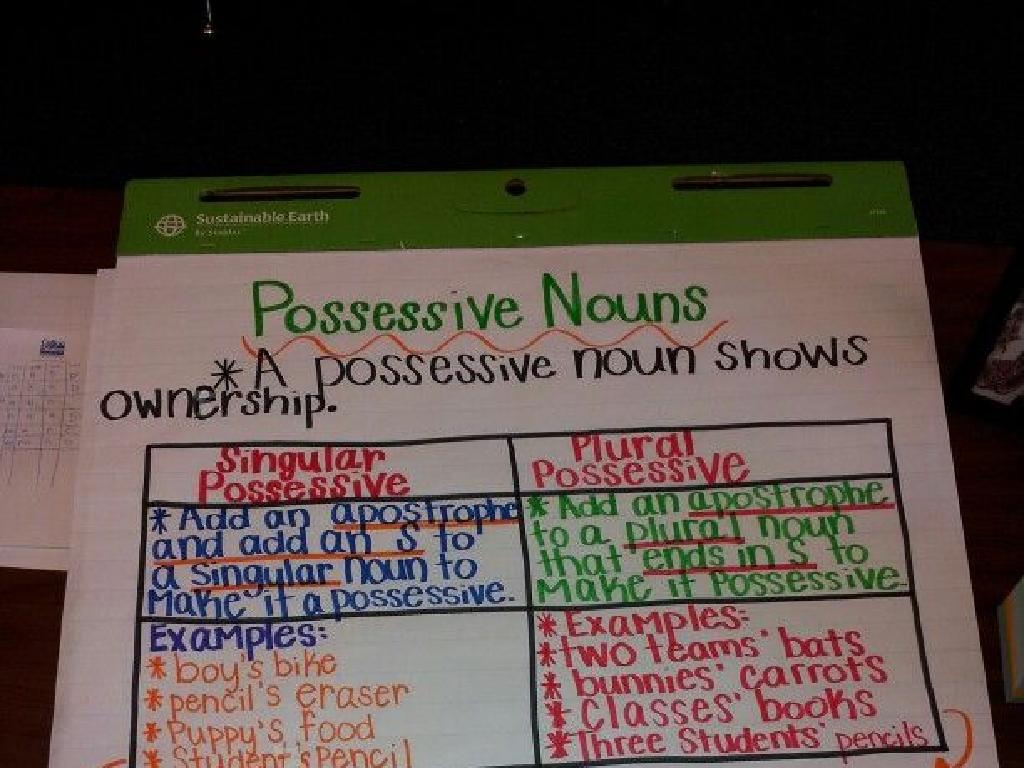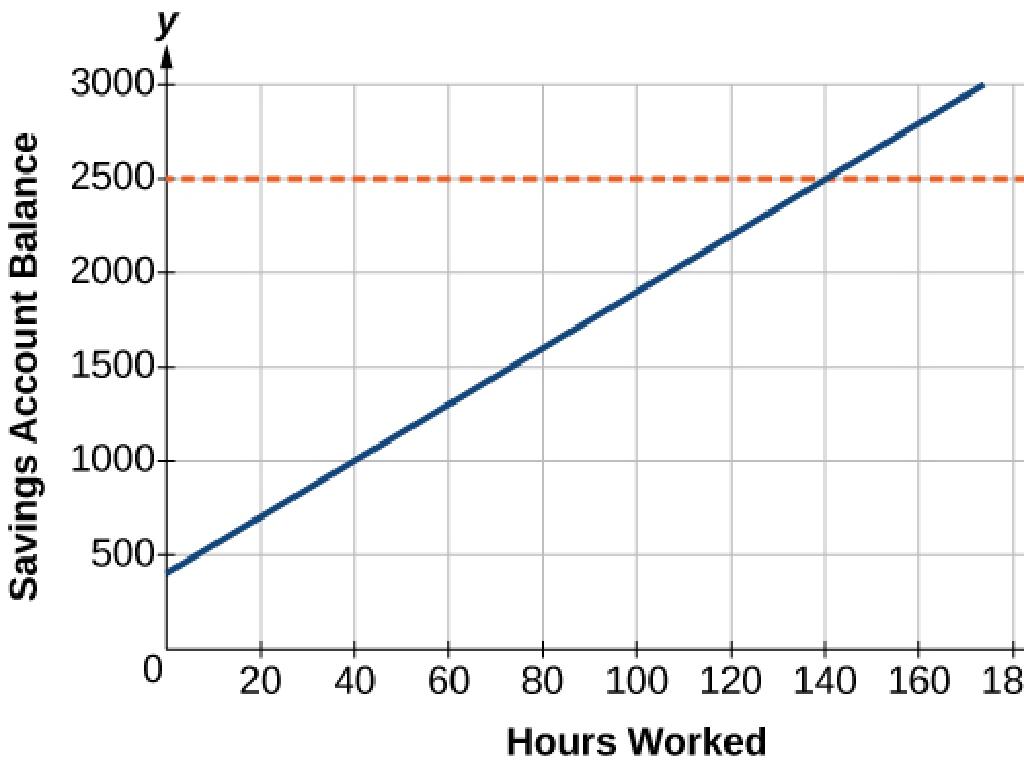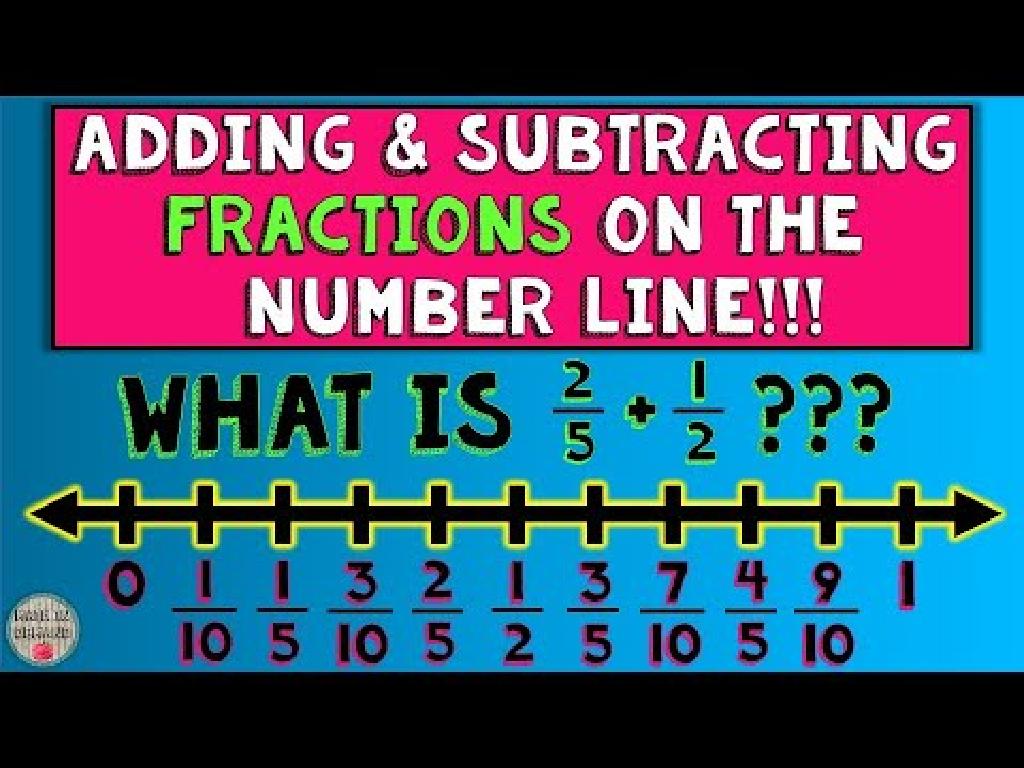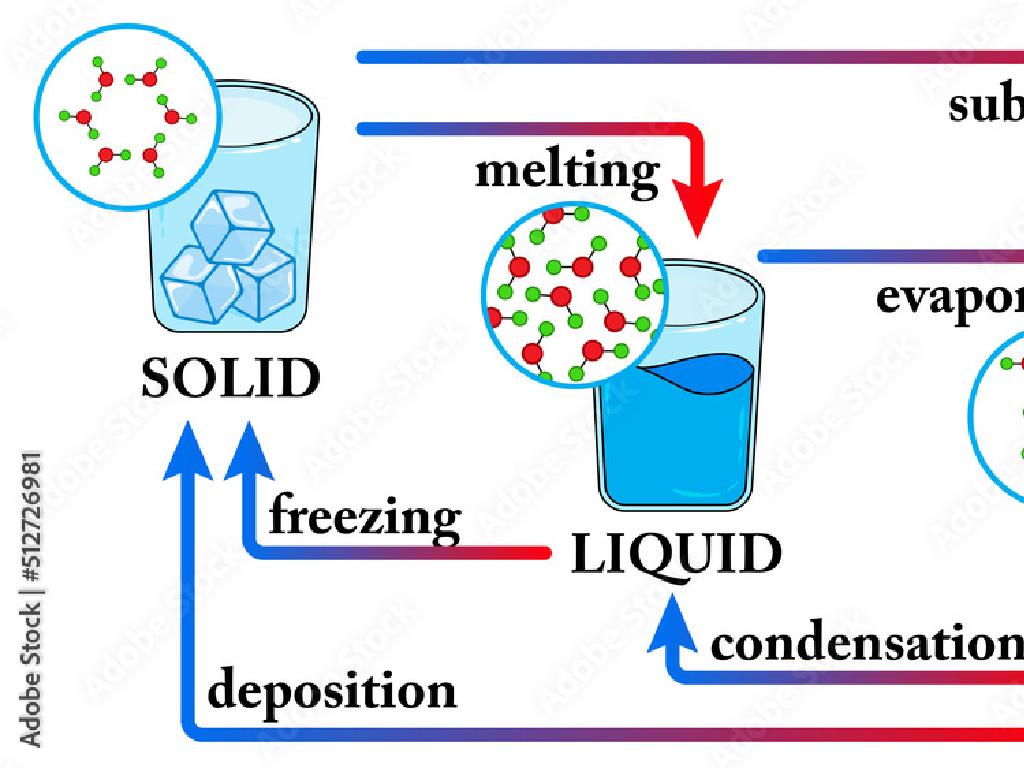Make Sixths And Eighths
Subject: Math
Grade: Third grade
Topic: Understand Fractions
Please LOG IN to download the presentation. Access is available to registered users only.
View More Content
Exploring Sixths and Eighths
– What are sixths and eighths?
– Sixths: 1/6, one part of something divided into 6 equal parts.
– Parts of a whole explained
– Eighths: 1/8, one part of something divided into 8 equal parts.
– Fractions in daily life
– Understanding that a fraction represents a part of a whole is crucial in grasping the concept of sixths and eighths.
– Practice with real examples
– Fractions are everywhere! From sharing pizza to measuring ingredients in recipes.
|
Begin the lesson by introducing the concept of sixths and eighths, ensuring that students understand that these fractions represent equal parts of a whole. Use visual aids like pie charts or divided bars to illustrate sixths and eighths. Discuss how fractions are not just numbers, but they are used in everyday life, such as in cooking or dividing things evenly among friends. Provide real-life examples where they can apply their understanding of sixths and eighths, such as cutting a cake into six or eight pieces. Encourage students to think of other examples where they might encounter sixths and eighths in their daily lives. The goal is to help them see the practical application of fractions and to feel comfortable working with these specific fractional parts.
Exploring Fractions: Sixths and Eighths
– A fraction shows part of a whole
– Top number is the numerator
– It tells how many parts we have
– Bottom number is the denominator
– It tells how many equal parts the whole is divided into
– Fractions are everywhere!
– Pizza slices, water jugs, and pie pieces
|
This slide introduces the concept of fractions to third-grade students, explaining that a fraction represents a part of a whole. The numerator, the top number, indicates how many parts of the whole are being considered, while the denominator, the bottom number, shows into how many equal parts the whole is divided. Use everyday examples like slices of pizza, portions of water in a jug, or pieces of pie to illustrate fractions in a relatable context. Encourage students to think of other examples of fractions they encounter in daily life. This foundational understanding will be crucial as they learn to make sixths and eighths.
Understanding Sixths
– Visualize dividing a pie into six
– Think of a pie cut into 6 equal parts
– Each slice represents one sixth
– If you take one piece, that’s 1 out of 6 pieces
– Numerator is 1 in one sixth
– The top number shows how many pieces you have
– Denominator is 6 in one sixth
– The bottom number shows the total equal parts
|
This slide introduces the concept of sixths to third-grade students by relating it to a familiar scenario: dividing a pie. Start by explaining that when a pie is cut into 6 equal parts, each part is called one sixth. Emphasize that the numerator (1) represents how many parts we have or are considering, and the denominator (6) indicates the total number of equal parts the whole is divided into. Use actual pies or visual aids to demonstrate this concept if possible. Encourage students to draw their own pies and divide them into sixths to reinforce the concept. Discuss that fractions represent a part of a whole and that the denominator tells us how many parts the whole is divided into, while the numerator tells us how many of those parts we have.
Understanding Eighths
– Imagine a chocolate bar in 8 pieces
– Each piece is one eighth of the bar
– If you eat 1 piece, you’ve eaten 1/8 of the entire chocolate
– Numerator is 1, denominator is 8
– ‘1’ shows one piece, ‘8’ shows total pieces
– Combining eighths makes a whole
– 8/8 equals the whole bar, just like 8 pieces make it whole
|
This slide introduces the concept of eighths to third graders by relating it to a chocolate bar divided into 8 equal sections. It’s a tangible way for students to visualize fractions. The numerator and denominator are explained using the chocolate pieces, with ‘1’ representing one piece of the chocolate and ‘8’ representing the total number of pieces. Emphasize that when all eighths are combined (8/8), it makes a whole, just like putting all the chocolate pieces back together. Encourage students to think of other examples of eighths in real life and how combining these fractions can make a whole.
Comparing Sixths and Eighths
– Understanding sixths and eighths
– Sixths means dividing something into 6 equal parts, eighths into 8 parts.
– Comparing size of fractions
– Is a slice of pizza cut into 6 pieces bigger than one cut into 8?
– Visualizing fraction differences
– Use pie charts or bar models to see which fractions are bigger.
– Which is larger: 1/6 or 1/8?
– Learn to determine if a sixth or an eighth is a larger part of a whole.
|
This slide introduces the concept of comparing fractions, specifically sixths and eighths. Start by explaining that a sixth is one part of something divided into six equal parts, and an eighth is one part of something divided into eight equal parts. Use visual aids like pie charts or bar models to help students see the size difference between sixths and eighths. Emphasize that the more pieces a whole is divided into, the smaller each piece is, so a sixth is larger than an eighth. This concept is fundamental in understanding how fractions represent parts of a whole and is a building block for comparing fractions. Encourage students to draw their own visuals and to think of real-life examples where they might need to compare fractions.
Creating Sixths and Eighths
– Draw shapes and divide into sixths
– Use a hexagon to easily make sixths
– Draw shapes and divide into eighths
– Use an octagon for eighths, or a rectangle divided by 4 lines
– Color parts to show fractions
– Color in 1/6 or 1/8 parts of shapes to visualize
– Learn parts that make a whole
– Understand that 6/6 or 8/8 is the same as one whole
|
This slide is designed to help students visualize and understand fractions by creating and coloring shapes. Start by drawing shapes such as circles, rectangles, or specifically hexagons and octagons, which lend themselves to being divided into sixths and eighths respectively. Show students how to divide shapes evenly and discuss the concept of equal parts. Have them color in different fractions of the shapes to reinforce the idea that fractions are parts of a whole. Emphasize that when all sixths or eighths are combined, they make up one whole. This activity will build a concrete understanding of fractions and prepare students for more abstract fraction problems.
Fractions in Everyday Life: Sixths and Eighths
– Find sixths and eighths around us
– Like pieces of a pie or a pizza cut into 6 or 8 slices
– Sharing and measuring with fractions
– Dividing a snack into equal parts to share with friends
– Fractions in recipes
– Using 1/6 cup of sugar or 1/8 teaspoon of salt
– Understanding time and money
– 30 minutes is 1/2 hour or 15 minutes is 1/4 hour, and 25 cents is 1/4 of a dollar
|
This slide aims to show students how fractions are a part of daily life. Start by asking students to think of items that can be divided into sixths or eighths, such as a pizza or a pie, to make the concept relatable. Explain how fractions are used for fair sharing and precise measuring, which is important in cooking and baking. Discuss how understanding fractions is useful in interpreting recipes, dividing time, and understanding money, like how many quarters are in a dollar. Encourage students to bring examples from home or their daily experiences where they use or encounter fractions.
Class Activity: Fraction Fun with Art!
– Group activity with paper collage
– Create art using sixths and eighths
– Cut paper into 6 or 8 equal parts to represent sixths or eighths
– Share your art with the class
– Explain the fractions in your collage
– Discuss how many parts you used and how they represent fractions
|
This activity is designed to help students visualize and understand fractions by creating art. Divide the class into small groups and provide them with paper, scissors, and glue. Each group will cut the paper into equal parts to make sixths and eighths, then use these pieces to create a collage. After completing their artwork, each group will present their collage to the class and explain how they used sixths and eighths in their design. This will reinforce their understanding of fractions as parts of a whole and how different fractions can be represented visually. Possible variations for different groups could include using different colors to represent different fractions, creating patterns with the fractions, or even combining fractions to make ‘whole’ designs. The goal is for students to have a hands-on experience with fractions and to be able to explain their understanding clearly.
Review: Sixths and Eighths
– Recap on sixths and eighths
– We learned how to make and identify fractions like 1/6 and 1/8.
– More examples of sixths and eighths
– Can you find items at home that can be divided into sixths or eighths?
– Questions and clarifications
– Understanding fractions better
– Let’s ensure everyone is clear on today’s lesson.
|
This slide is aimed at reviewing the day’s lesson on sixths and eighths. Start by asking the students to summarize what they’ve learned about these fractions. Encourage them to think of additional examples, such as slicing a pizza or a pie, to reinforce their understanding. Open the floor for questions, allowing students to seek clarification on any part of the lesson they found challenging. This is also an opportunity to assess their grasp of the concept and to provide additional explanations where necessary. The goal is to solidify their understanding of fractions, particularly sixths and eighths, and to prepare them for more complex fraction topics.
Homework Challenge: Exploring Sixths & Eighths
– Complete the sixths & eighths worksheet
– Color parts to show fractions on your sheet
– Identify sixths or eighths at home
– Look for objects divided into 6 or 8 parts
– Bring an example to class
– Share your findings with classmates
– Tell us how you found your example
|
This homework assignment is designed to reinforce the concept of sixths and eighths through practical application. The worksheet will help students identify and visualize these fractions. Encourage them to find real-life examples, like a pizza cut into 6 or 8 slices, or a pack of crayons with 6 or 8 colors. This will help them relate fractions to tangible items. In the next class, create a sharing environment where students can discuss their examples and the process of finding them. This activity will not only solidify their understanding of fractions but also enhance their presentation skills.






